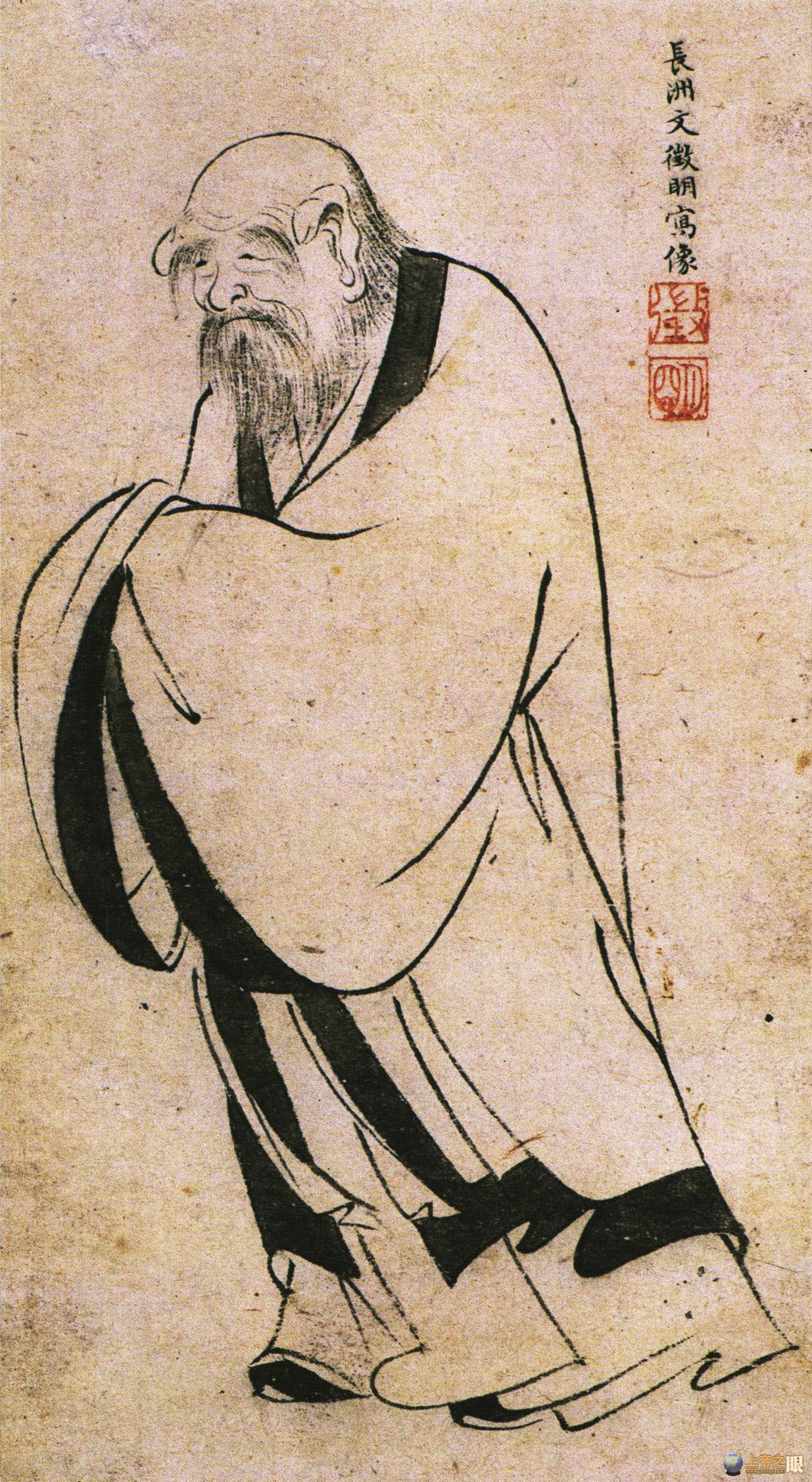Yong Zhao's "product based learning", 3 video narratives of projects 3:10 HS Drama 101 from CNG http://t.co/vDalPt47fE #ba2013 @YongZhaoUO— Chris Davis (@chrisdaviscng) March 15, 2013
Three years ago I went to my first AASSA conference and had just started playing around with Twitter. It all seemed so dumb, trying to communicate anything meaningful in 140 characters. All the hashtagging, tagging, replying, quoting, and retweeting reeked of just another case of #ABLITT (adults behaving like imbeciles through tech) - looking down at devices when we should be looking at each other experiencing communication in all of its affect, gesture and mirrored neuron responses. But then I got schooled on why this is the most disruptive tech teachers have at their fingertips, and how connected educators are changing edu-culture forever. When Ewan McIntosh beckoned us to be “provocateurs” and Mike Johnston let the cat out of the bag on hierarchies and innovation, the webbing to sustain this kind of change threads through hashtags. Reading through the storified version of the conference there are some definite themes of how users appropriate the tool, but first let’s look through some example of how weird Twitter can get.
Less is More
Creativity needs constraints so I’ve been told. I don’t like that description, it makes me think of my first year teaching staring at gridded boxes where I was supposed to fit my wild ideas for lessons. Boxes stifle creativity. 140 characters isn’t much space, like a box. But then there are those that have shown the power of “less is more”.
If you would not be forgotten, as soon as you are dead and rotten, either write things worth reading, or do things worth writing. - Poor Richard’s Almanac
Those who know do not speak. Those who speak do not know. - Lao Tzu
57 characters
The more abstract the truth is that you would teach, the more you have to seduce the senses to it. - Nietzsche
98 characters
Half-knowledge is more victorious than whole knowledge: it understands things as being more simple than they are and this renders its opinions more easily intelligible and more convincing. - Nietzsche
Nietzsche as master tweeter of aphorisms! And if the tweet get’s too long, split them into multiple tweets. Connect them all into a kind of digital narrative, the backchannel art of classroom notes passed under desks brought back. The next logical step...
Users Appropriate the Tool
David Mitchell published a novel on Twitter.
We get off the Number 10 bus at a pub called ‘The Fox and Hounds’. ‘If anyone asks,’ Mum tells me, ‘say we came by taxi.’— David Mitchell (@david_mitchell) July 14, 2014
And then Stephen Colbert launched the “Praise Fox” bot which every twenty seconds tweets, “...swapping out portions of Rotten Tomatoes reviews with the names of Fox News anchors and shows, and adds the hashtag #PraiseFox, to help counter the negative onslaught mainstream media has thrown their way. It is nothing short of amazing.”
"Fox & Friends" doesn't break anything, but it does know a thing or two about first love and friendship. A small gem. #PraiseFOX— Real Human Praise (@RealHumanPraise) April 19, 2016
There are endless add ons to Twitter, my favorite being Poetweet, which scans your twitter feed to create rhyming verse, a deep, deep rabbit hole. You have been warned.

Then there are the spontaneous exchanges between strangers, Amy Burvall’s inspired #blimage challenge between educators that tweet random photos tagging someone for the next blog challenge.
.@timbuckteeth @eolsonteacher both #blimage and #visualverse mentioned in my new post https://t.co/NGrq5YqRVd via @learningbird— Amy Burvall (@amyburvall) February 15, 2016
And then there is this joker who tried to turn the #dtk12chat weekly twitter chat into a couplet rap battle…
Which brought Luma Institute into the mix...
with your microphone check I see you want to entice, an innovation Cuba-Libre extra lime on ice #dtk12rap #dtk12chat https://t.co/VEqh2NkOJ9— Chris Davis (@teacherslens) March 30, 2016
clicking in the glass each cube a prototype, building empathy and understanding for my user archetype #dtk12chat https://t.co/VEqh2NkOJ9— Chris Davis (@teacherslens) March 30, 2016
Which brought Luma Institute into the mix...
@teacherslens @ideo @k12lab @frogdesign You bet! How about this? #DesignThinking #dtk12chat #dchat #MakerEd pic.twitter.com/AAWBEOGpb0— LUMA Institute (@LUMAInstitute) March 29, 2016
This is scratching the surface of Twittter user appropriations. Tweet out more examples!
@chrisdaviscng https://twitter.com/chrisdaviscng
@chrisdaviscng https://twitter.com/chrisdaviscng
In the next post we’ll explore the seven classifications of tweets found at AASSA Looking For Learning in Lima last week...
The what he said tweet
The come join tweet
The documentarian tweet
The content share tweet
The polemic tweet
which is often quickly followed by The yes, and… tweet
The instigator tweet
The this is me tweet, otherwise known as The branding tweet

No comments:
Post a Comment